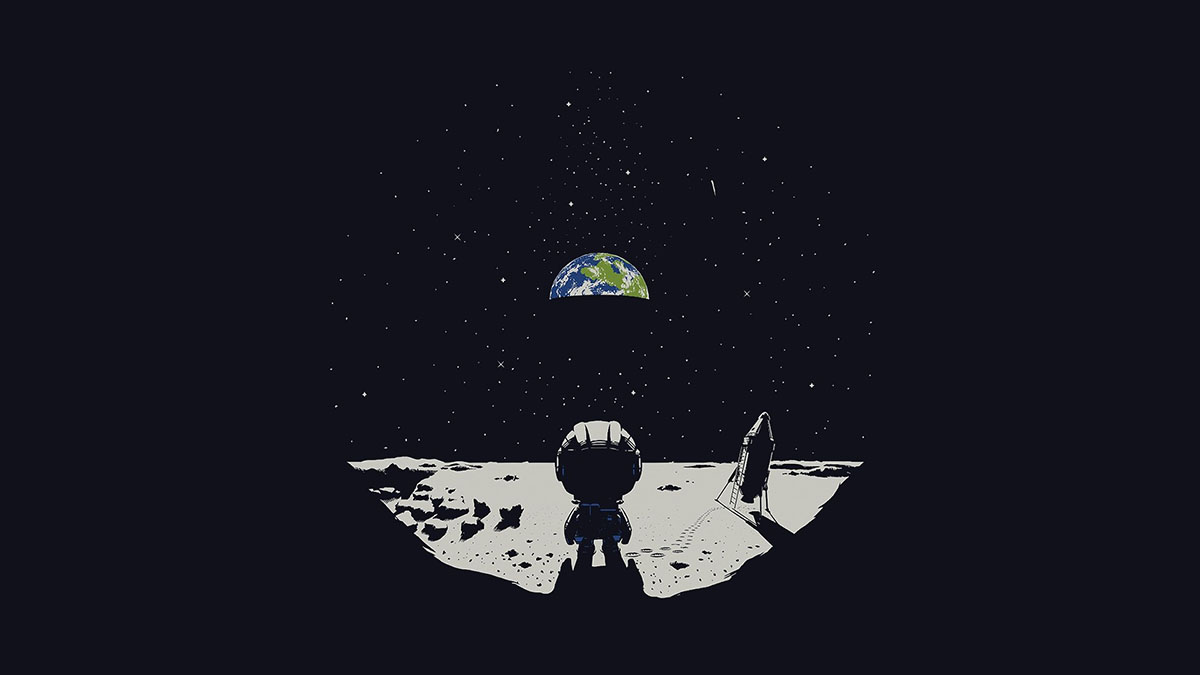lunar cities get one step closer to reality

Discovery News’ Ray Villard wrote a post about the potential for underground lunar colonies and it’s getting some serious attention from the front page of Yahoo and hundreds of thousands of visitors. Surely, this is just one of those web fads where editors and readers rediscover an old idea, in this case, a concept dating all the way back to the Golden Age of Sci-Fi, and traffic explodes, right? Well, not quite. You see, while burrowing into the lunar surface to avoid radiation and extreme temperatures has been considered for many decades, there didn’t seem to be a practical way to do it. Until a recent discovery by NASA’s lunar orbiter, which actually gives us several perfect places to set up a well shielded, comfortable habitat on another world. All we need to do is to go back to take advantage of them, while learning how we can survive and thrive in alien environments.
So what’s this big discovery that would make living on the Moon so much easier for future astronauts? It’s a series of lava tubes that could accommodate expanding lunar bases well under a surface which is baked by storms of mutagenic rays, covered in clingy, dangerous, electrostatic dust, and pummeled by meteorites of all shapes and sizes. Compare that to trying to dig into the side of a lunar mountain, or burying a base on the dangerous plateaus of our natural satellite. The required machinery, time, and effort involved would be akin to trying to tap into a brand new mine, a project that costs billions of dollars right here on Earth and at least three or four orders of magnitude more expensive 236,000 miles above it, when we consider just how much cash space travel requires. But apparently, we could just land in an old, stable lava tube untouched for billions of years, in absolutely pristine condition, and ready to be occupied by our bases and complex machinery, which would be one of the primary benefactors of the rather comfortable conditions of lunar caves.
You see, while the Moon is home to the coldest places in the solar system and its surface undergoes pretty drastic extremes, the lava tubes would be a very Earth-like -35°F, which is almost cozy if we forget such minor nuisances as the lack of a breathable atmosphere and the fact that we’d be trying to survive in an inhospitable alien wilderness experienced by only a small group of humans who were there for a very, very short time and had no plans to stay. But of course our life support systems don’t need oxygen, nor are they prone to getting a little homesick, so with less stress, they’ll be able to function more reliably and may require fewer backups. If only we actually found the will to go back to the Moon for long term exploration and expansion rather than just cobble together lackluster plans that seem to have few real, appreciable goals and call it a day…





